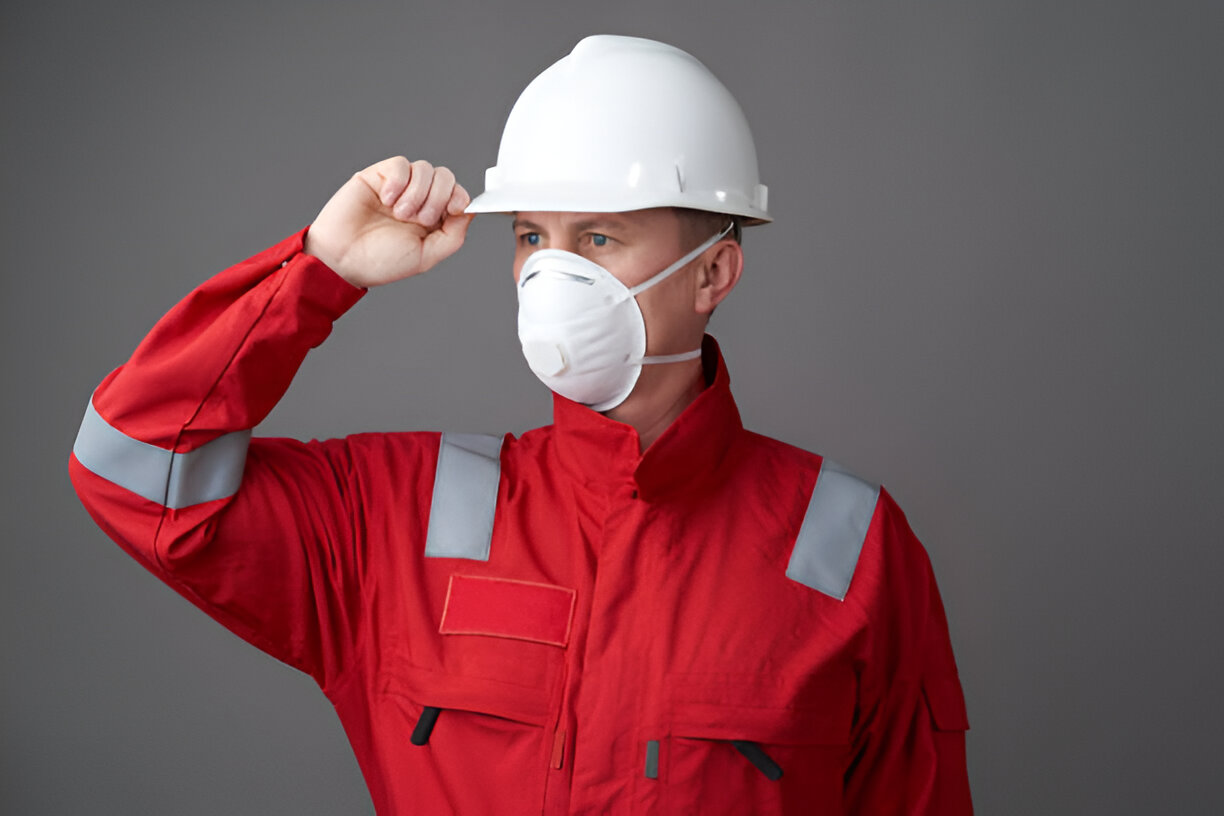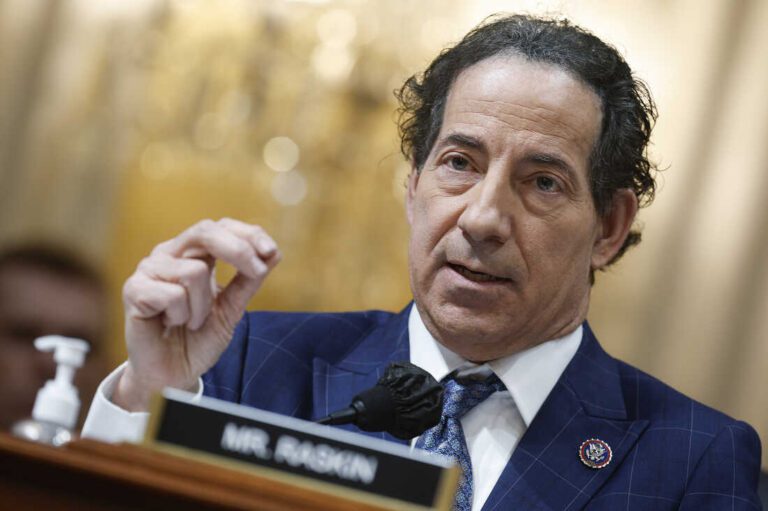From Rookie to Pro: Practical Training Tips for Aspiring Firefighters
Table of Contents
- Why Quality Training Is Essential
- Physical Fitness and Preparedness
- Understanding Fire Science
- Importance of Hands-On Experience
- Mental Resilience and Stress Management
- Continuous Learning and Professional Development
- Gear Familiarization and Safety Protocols
- Building a Support Network
Why Quality Training Is Essential
Practical training is crucial for a thriving career in firefighting. Proper instruction saves lives and ensures that firefighters function efficiently in high-pressure situations. Well-trained firefighters significantly reduce property damage and increase survival rates in emergencies. Effective training programs cover various topics, from basic fire behavior to advanced rescue techniques, to equip firefighters with the essential skills they need when facing real-life fire incidents. But how do I become a firefighter in Texas? The journey starts by recognizing the importance of comprehensive training programs that address every aspect of the position. Initial training lays the foundation, but continuous upskilling transforms recruits into seasoned firefighters. This ongoing process involves physical drills, classroom sessions, online courses, and community outreach to create a well-rounded fire service professional.
Physical Fitness and Preparedness
Firefighting is a physically rigorous job that necessitates high levels of physical fitness. Regular workouts, strength training, and endurance exercises are crucial in preparing any firefighter for the rigors of the job. Firefighters often participate in specialized training programs to mirror real-life scenarios, enhancing their performance on the field. Physical fitness standards are usually high to ensure every firefighter can endure the intense physical strain and perform efficiently during emergencies.
To maintain peak physical condition, it’s recommended that aspiring firefighters engage in a balanced workout regime that includes cardiovascular exercises, strength training, and flexibility routines. Additionally, nutrition plays a significant role in physical readiness. A diet containing adequate amounts of proteins, vitamins, and minerals helps firefighters in demanding physical tasks.
Understanding Fire Science
Comprehending the science behind fires, including how they start and spread, is integral to firefighter training. This knowledge enables firefighters to make informed decisions during rescue missions and manage the fire effectively. For more detailed insights, the U.S. Fire Administration offers comprehensive resources and studies on fire behavior and prevention. Understanding fire dynamics involves learning about the various phases of fire development, the characteristics of different types of fires, and the methods of controlling and extinguishing them.
Training programs often cover various aspects of fire dynamics, the chemistry of combustion, and the different types of fire extinguishers and their usage. Knowing these intricacies helps firefighters anticipate fire behavior and implement strategies to prevent escalation and spread. This theoretical understanding is complemented by practical exercises that simulate different fire scenarios.
Importance of Hands-On Experience
Theoretical knowledge is essential, but hands-on experience is invaluable. Simulated fire drills and live fire training provide real-world experience and better prepare firefighters for emergencies. This practical exposure helps hone skills and build confidence, which is crucial for high-stakes environments. During these drills, firefighters practice essential techniques such as hose handling, ladder operations, search and rescue, and incident command.
Many training facilities offer state-of-the-art simulation environments where trainees can practice and refine their techniques in a controlled but realistic setting. These simulations can replicate the chaos and stress of natural fires, ensuring that firefighters are mentally prepared and physically agile. Regular hands-on training helps to ingrain muscle memory, making critical actions almost instinctive during actual operations.
Mental Resilience and Stress Management
The mental demands of firefighting are just as challenging as the physical ones. Maintaining performance and well-being is critical to developing mental resilience and effective stress management techniques. Programs focusing on mental toughness and psychological support are pivotal in firefighter training. Firefighting’s fast-paced, unpredictable nature can take a toll on mental health, making resilience training a crucial component of comprehensive training programs. Techniques such as mindfulness, deep-breathing exercises, and stress inoculation training are often included in these programs to help firefighters manage acute stress and maintain mental clarity during emergencies. Identifying stress indicators and understanding how to manage them can significantly enhance a firefighter’s performance in stressful situations, lowering the chances of burnout and increasing job satisfaction.
Continuous Learning and Professional Development
Firefighting is a dynamic field that is constantly evolving with new technologies and methodologies. Continuous learning through professional development courses and certifications ensures firefighters stay updated with the latest best practices. Educational seminars and training sessions can significantly enhance career growth and operational effectiveness. Innovations in fire technology, changes in building materials, and emerging fire behavior patterns necessitate ongoing education. Engaging in online courses, joining workshops, and attending industry conferences are excellent ways to stay current with advancements and network with peers in the industry. Continuous professional development is beneficial not only for individual firefighters but also elevates the standards and efficiency of the entire firefighting team. Encouraging constant learning and development is essential to sustaining high-performance levels and adjusting to new obstacles.
Gear Familiarization and Safety Protocols
Knowing how to use firefighting gear correctly is fundamental. It includes understanding various tools and equipment functions and adhering to safety protocols to minimize risk during operations. Frequent drills and safety workshops contribute to this crucial aspect of training. Proper gear usage is vital for the firefighter’s safety and the firefighting efforts’ efficacy. Familiarity with breathing apparatuses, fire-resistant clothing, and rescue tools ensures firefighters can respond swiftly and safely in an emergency. Inspecting and maintaining equipment is also part of the routine to ensure everything is in optimal working condition. Safety protocols, including proper lifting techniques and hazard recognition, further enhance operational safety and prevent accidents during ground activities.
Building a Support Network
Lastly, a strong support network is vital in the firefighting community. Building solid relationships with colleagues and participating in community outreach programs can provide emotional support and foster a cohesive team environment. Solidarity among firefighters boosts morale and enhances teamwork during critical missions. The camaraderie and sense of brotherhood (or sisterhood) developed within the team can significantly impact job satisfaction and performance.
Engaging with local communities, participating in firefighter associations, and attending team-building activities helps create a robust support system essential for personal and professional well-being. Building connections with colleagues, exchanging stories, and seeking wisdom from experienced individuals can offer crucial advice and assistance in firefighting.







